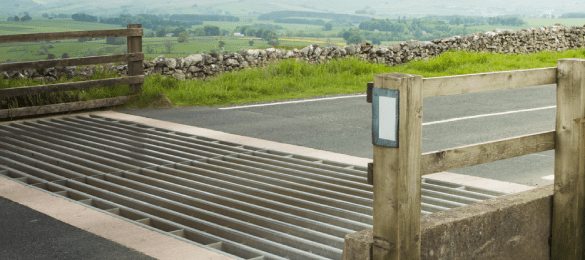Common Land
Page updated on: 15/01/2025
Approximately 8.4% of Wales is covered by registered common land amounting to around 175,000 hectares. Many small commons abut each other, making large areas of common land across Wales. These small commons may have different owners and different rights holders.
Many commons are important for agriculture in Wales, providing grazing for sheep and cattle. In addition, many commons are enjoyed for their leisure and environmental interests. Some are in National Parks or are owned by the National Trust. Common land can provide important habitat for protected birds, wildlife and plants.
The Commons Act 2006 will protect our common land for current and future generations, and deliver real benefits in terms of sustainable farming, public access and biodiversity. The Act aims to:
- protect common land from development;
- allow more sustainable management of common land;
- improve protection of common land from neglect and abuse; and
- modernise registration of common land and greens to ensure that all enjoy the same protection.
Planning Inspectorate Wales are responsible for deciding on applications made under section 38 on common land and town or village greens.
The Common Land Register is available for public inspection during normal office hours. If you would like to make an appointment to view the register, please contact us.
Charges
Members of the public can apply to have certain types of errors corrected in the register of common land. Please be aware there may be circumstances where we are required to refer an application to the Planning Inspectorate. If this happens then you may have to pay additional fees to the Planning Inspectorate to cover the cost of their element of the work.
| Application Type | Fee |
|---|---|
| Common Land Search | £20 |
| Investigations into the Common Land Register | £30 per hour |
| Section 19 (2)(a) Correction of a mistake made by registration authority |
No fee |
| Section 19 (2)(b) Correction of any other mistake that would not affect the extent of common land or town or village green, or what can be done by virtue of a right of common. |
£159 |
| Section 19 (2)(c) Removing duplicate entry from a register. |
No fee |
| Section 19 (2)(d) Updating of names and addresses referred to in a register. |
£26.56 |
| Section 19 (2)(e) Updating an entry to take into account accretion or diluvion. |
£26.56 |
| Schedule 2, Paragraph 2 or 3 Non- Registration of Common Land or town or village Green. |
No fee |
| Schedule 2, paragraph 4 Waste Land of the Manor not registered as common land. |
No fee |
| Schedule 2, paragraph 5 Town or village green wrongly registered as common land. |
No fee |
| Schedule 2, paragraphs 6 to 9 Deregistration of certain land registered as common land or town or village green. |
£1062 |

